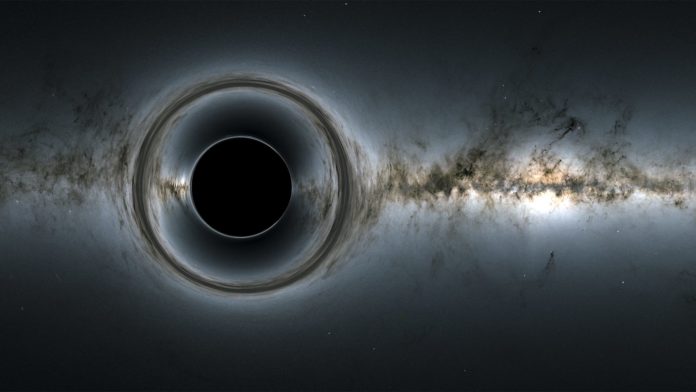Black Holes are truly fascinating objects. Ever since the prediction of their existence, researchers and especially the EHT had been rushing to find a way to observe one. Black holes are considered to be terrifying concentrations of mass that can eat up anything and everything that comes close to it. Then, the researchers succeeded. They produced the picture for everyone to see. Now, their work has been halted. Thanks to the ongoing pandemic, the team is unable to gather new data and is left sifting through data that is a year or two old.
The halt in the collection of new data is off-putting. Years of cumulative effort that had been put into forming and propelling EHT forward came to a standstill. The delay will also push back the answers to some of the most important questions we have about Black Holes. One of the biggest mysteries that the EHT had been trying to solve is how the black holes shoot speedy jets of charged particles into space. Another important objective was to get a clear picture of the Black Hole at the centre of our Galaxy, which has also been delayed.

The EHT is a global network of radio telescopes. Its constituents are littered all across the globe. With an aperture the size of Earth, it can zoom in to the Event Horizon of Black Holes, which is considered the point of no return in Black Holes. The first image of a Black Hole was a publicized event. The fuzzy picture of a ring of light surrounding a seemingly dark spherical object was displayed on television screens all across the globe. The image is of the Blackhole at the centre of the M87 galaxy. It was produced from the data gathered in the year 2017.
The photo was truly historic. The biggest implication of the said photograph in science was perhaps in the fact that it provided observational confirmation of Einstein’s theory of general relativity. Along with answering some questions, the photograph also raised some more. We know for a fact that the black hole at the center of M87 shoots charged particles into space as jets of plasma. The mysterious part is, we saw no signs of the jets in the photograph.
The team was also recording incoming data from Sagittarius A*, the Black Hole at the centre of our galaxy. The team chose not to publish the image of Sgr A* as the image was very confusing. This is probably due to the difference in the size of Sgr A* and M87. Sgr A* is much smaller than M87 in size, and this means that the matter orbiting the Black Hole goes around much faster than it does around M87.

A lot of activities were planned by EHT, which were scheduled to take place this year. The biggest among them was to add new observatories to their arsenal of telescopes. New telescopes from Arizona, French alps, and Greenland were set to join the team. However, all this has to wait until the pandemic blows over, and then the scientific community can resume its awe-inspiring work.
Further Reading:


